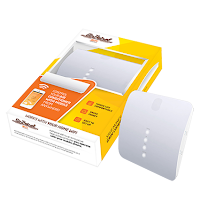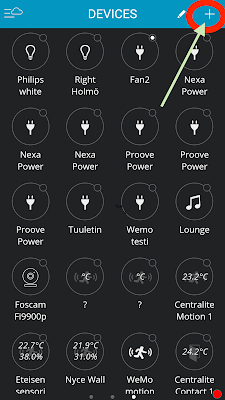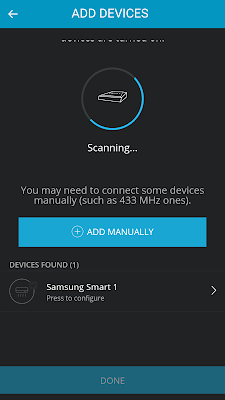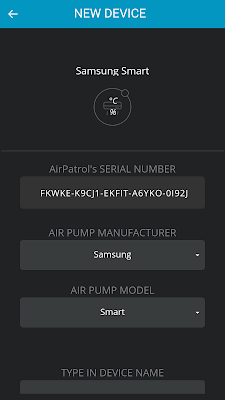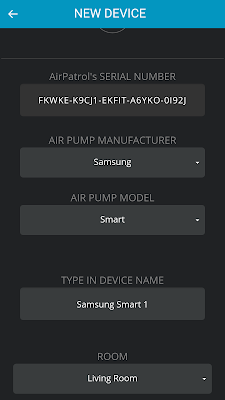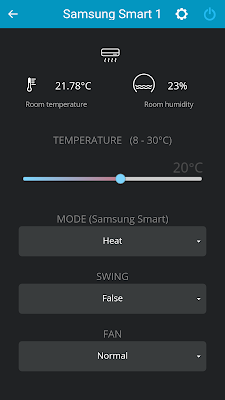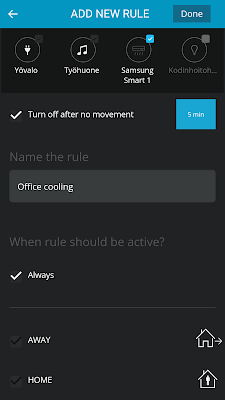 LocalTapiola and Cozify have launched the first Smart Home Insurance in Scandinavia. The combined product offering consists of the Smart Home Insurance by LocalTapiola and the LocalTapiola Smart Home bundle offered by Cozify.
LocalTapiola and Cozify have launched the first Smart Home Insurance in Scandinavia. The combined product offering consists of the Smart Home Insurance by LocalTapiola and the LocalTapiola Smart Home bundle offered by Cozify.Background for the launch
LocalTapiola contacted Cozify to set up a smart home pilot with their consumer customers after pioneering a smart life insurance product. The pilot was kick-started within a month and it was conducted during 2016. The objective was to gain an insight into the preferences of ordinary consumers in terms of connected devices and what could be the role of the insurer in introducing smart home benefits.The results of the pilot were encouraging: customers liked the idea that the insurer becomes more proactive companion in life instead of a reactive compensation provider when the accident has already happened. In addition, a lot of other new service ideas for future development were born in the co-creation sessions.
The Cozify smart home solution
Today’s launch is the first in the Nordics that combines extensive home insurance protection with an open smart home system that warns the customer automatically when something bad is about to happen. In the case of a water leak, fire or burglary, it is essential to identify and limit the damages as early as possible. The customer gets a notification into the smartphone with clear instructions what to do and where to call to get the assistance of LocalTapiola emergency service personnel.
The basis of the LähiTapiola solution is the standard Cozify smart home product but the companies have jointly planned custom behavior to optimize the customer experience. This way it is possible to maximize the benefit for the insurance business.
Towards usage based insurance
Many insurers strive to offer usage based solutions to their customers. Examples include an auto insurance where the insurance premium is determined by the driving habits by the use of telematics. This attracts buyers that are likely to be cautious and conscious about security. In home and property insurance, the smart home hub can be used as the telematics equivalent to enable learning about the factors that affect risk profiles and to provide additional value to customers. Cozify supports streaming of near-real-time data either in raw format to be analyzed in the systems of the partner or alternatively Cozify can create custom dashboards where the data is presented in the preferred format.About the companies
Cozify is a Finnish smart home technology company that works with service providers to boost their core business by utilizing the latest IoT technology and resulting data. Cozify smart home is an open system that can be customized to support the business drivers of our channel partner. The most popular use cases are to increase security of homes, automate lights and entertainment and improve energy efficiency. For more information about partnership opportunities, please see the Partners page.
LocalTapiola (LähiTapiola in Finnish) is the largest mutual insurance company in Finland. LocalTapiola’s products and services cover non-life, life and pension insurance, as well as investment and saving services. Premiums written in LocalTapiolas’s non-life insurance are more than €1.2 billion. The number of customers is nearly 1.6 million. For more information about the smart home insurance, please see the product page (in Finnish)



















